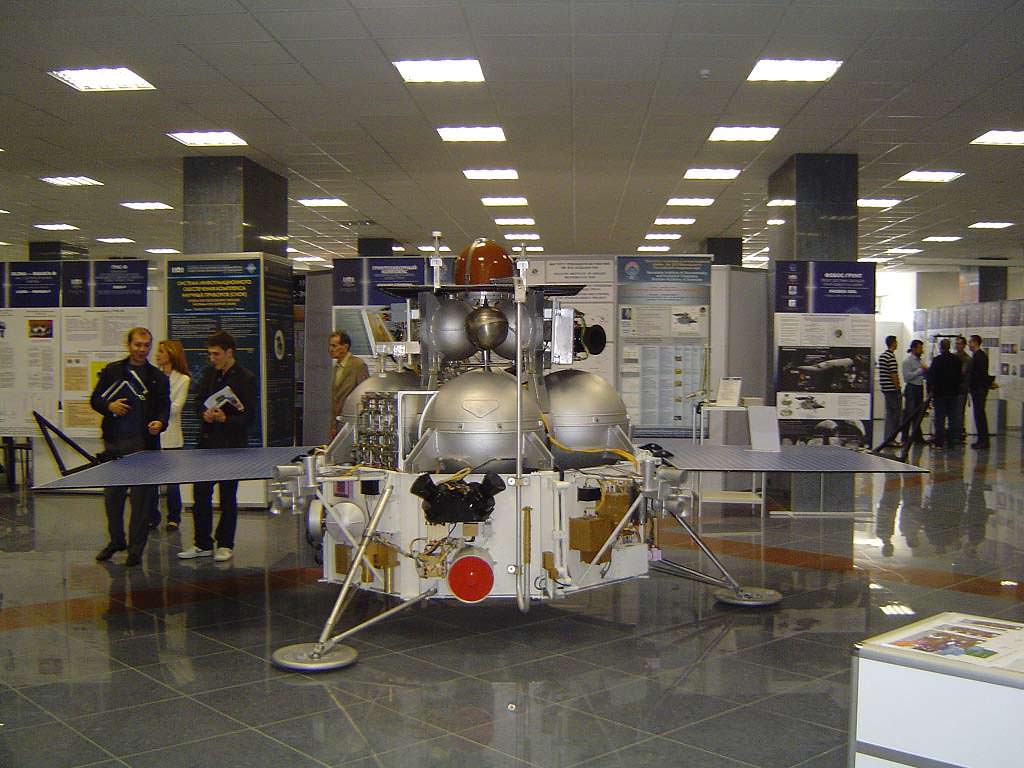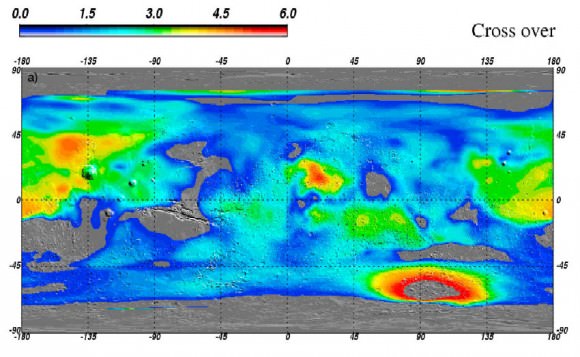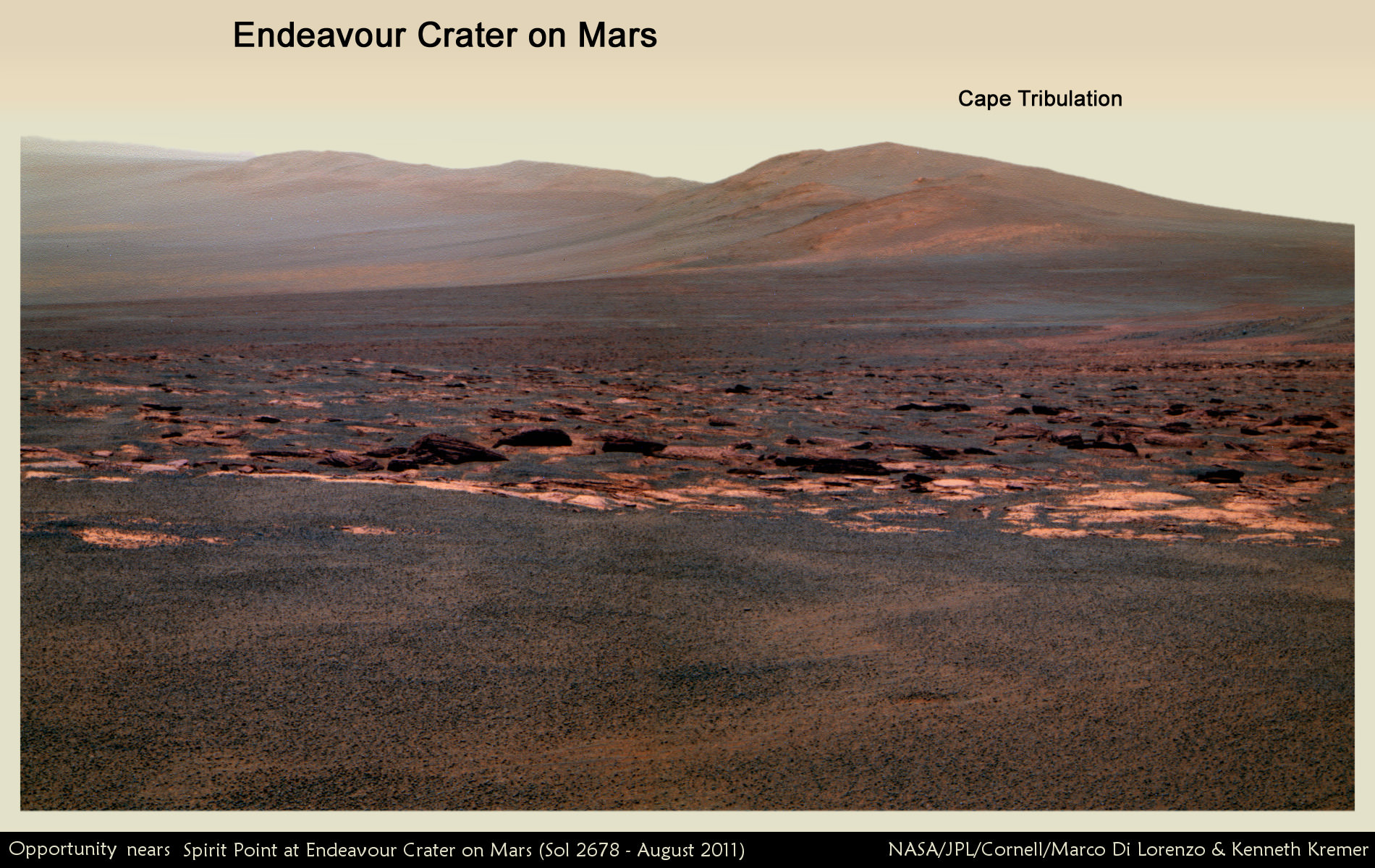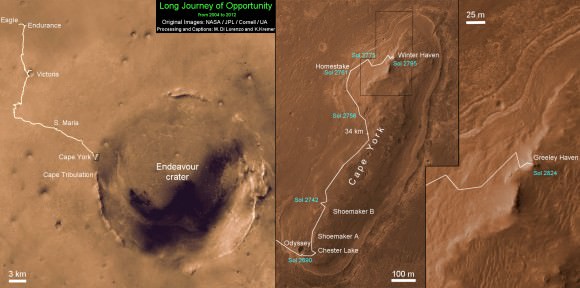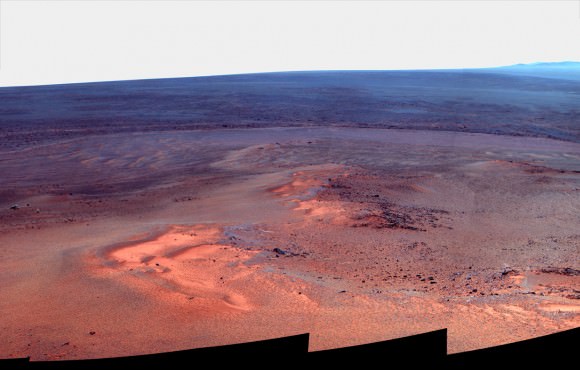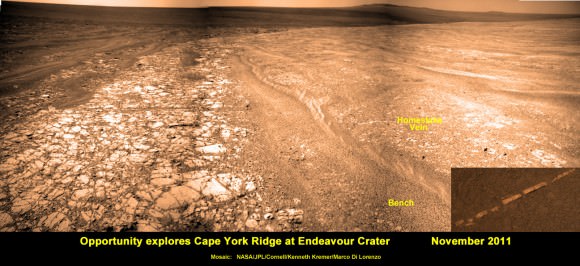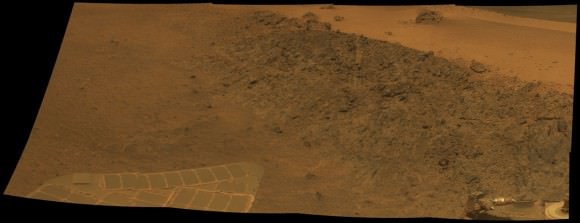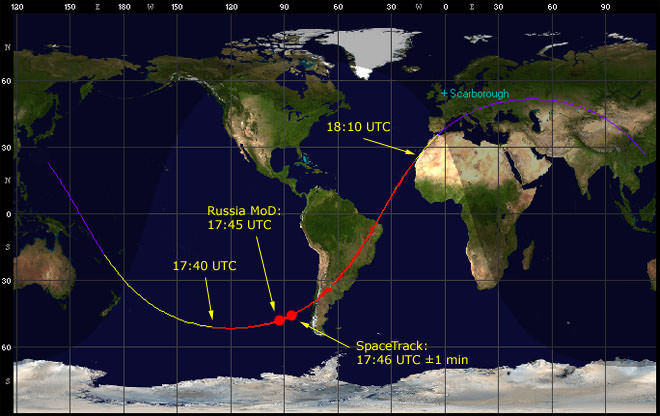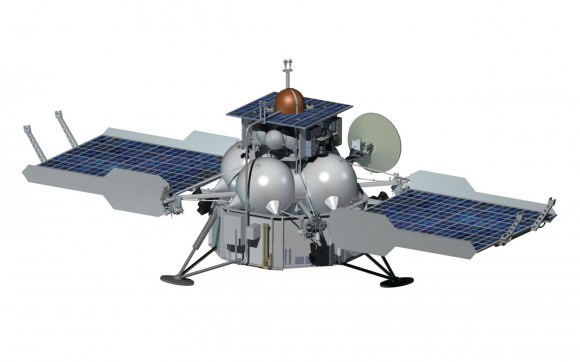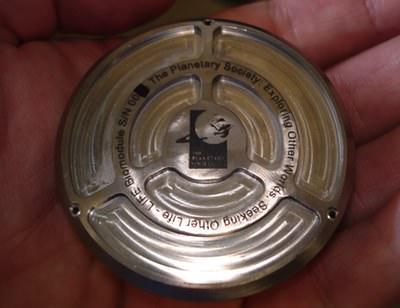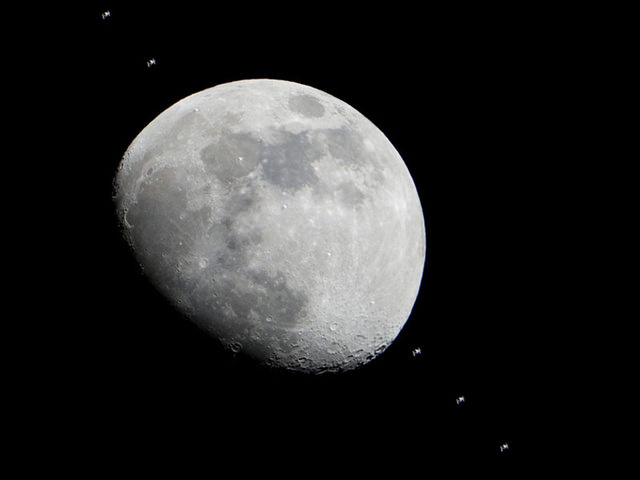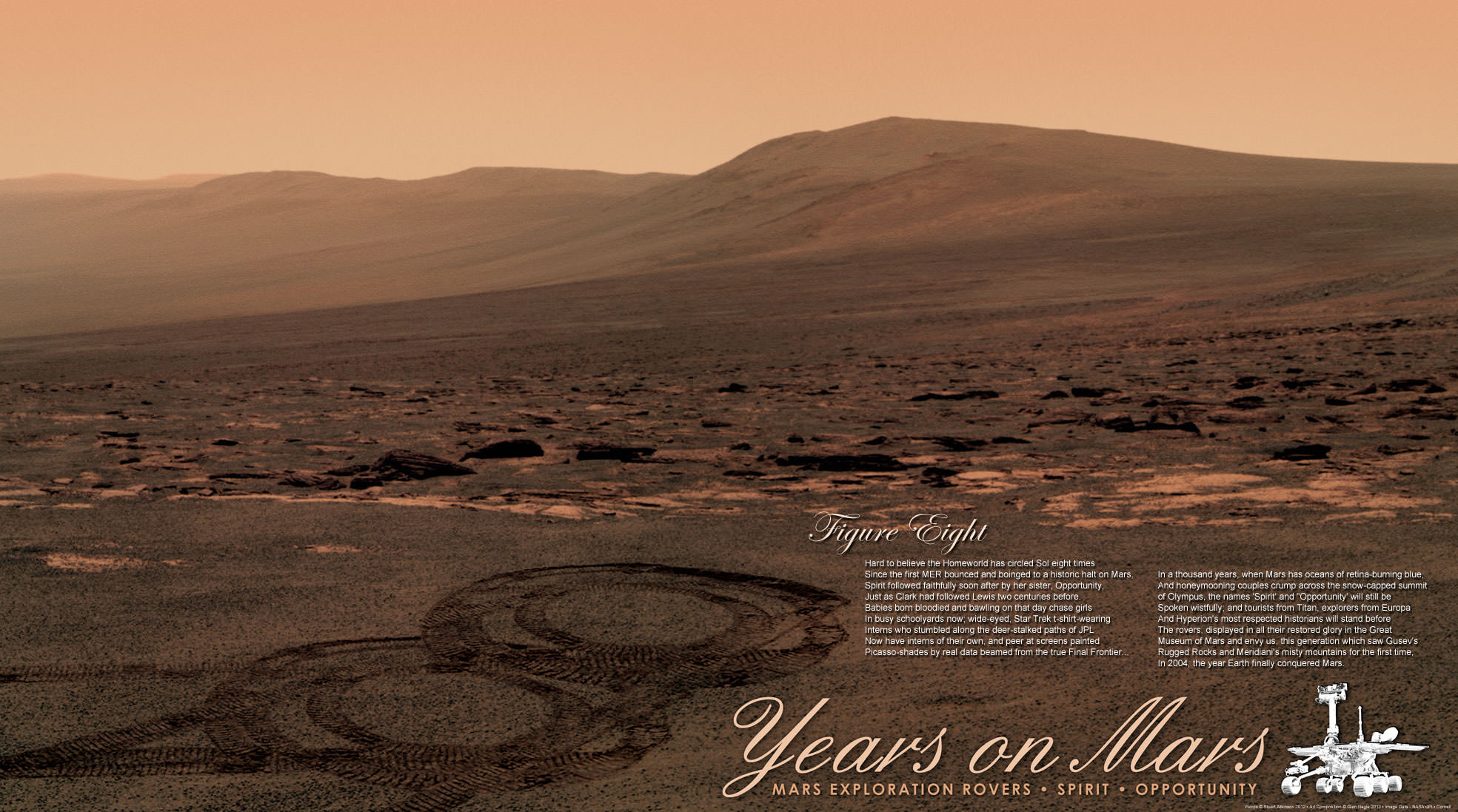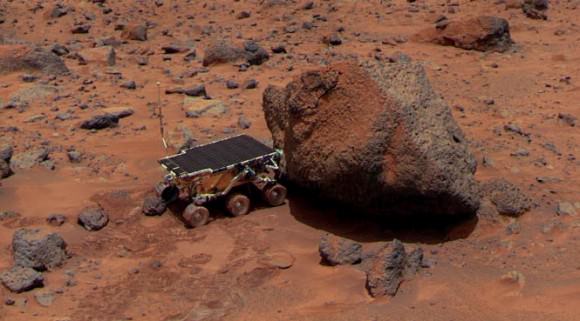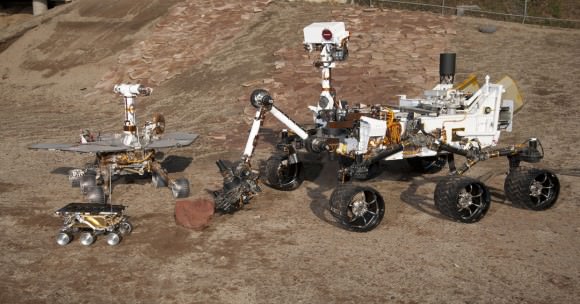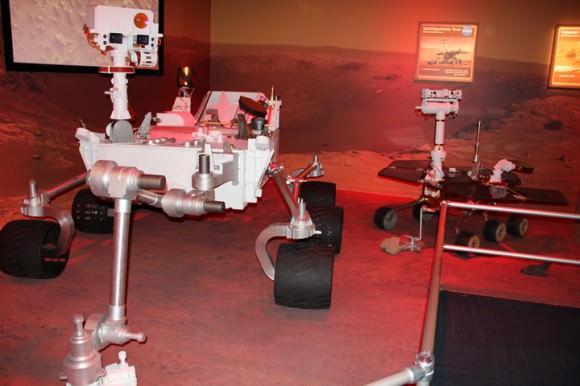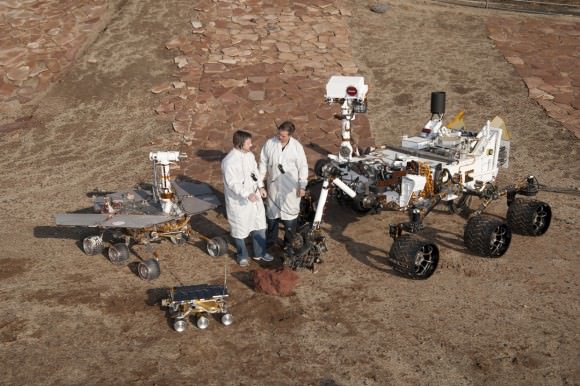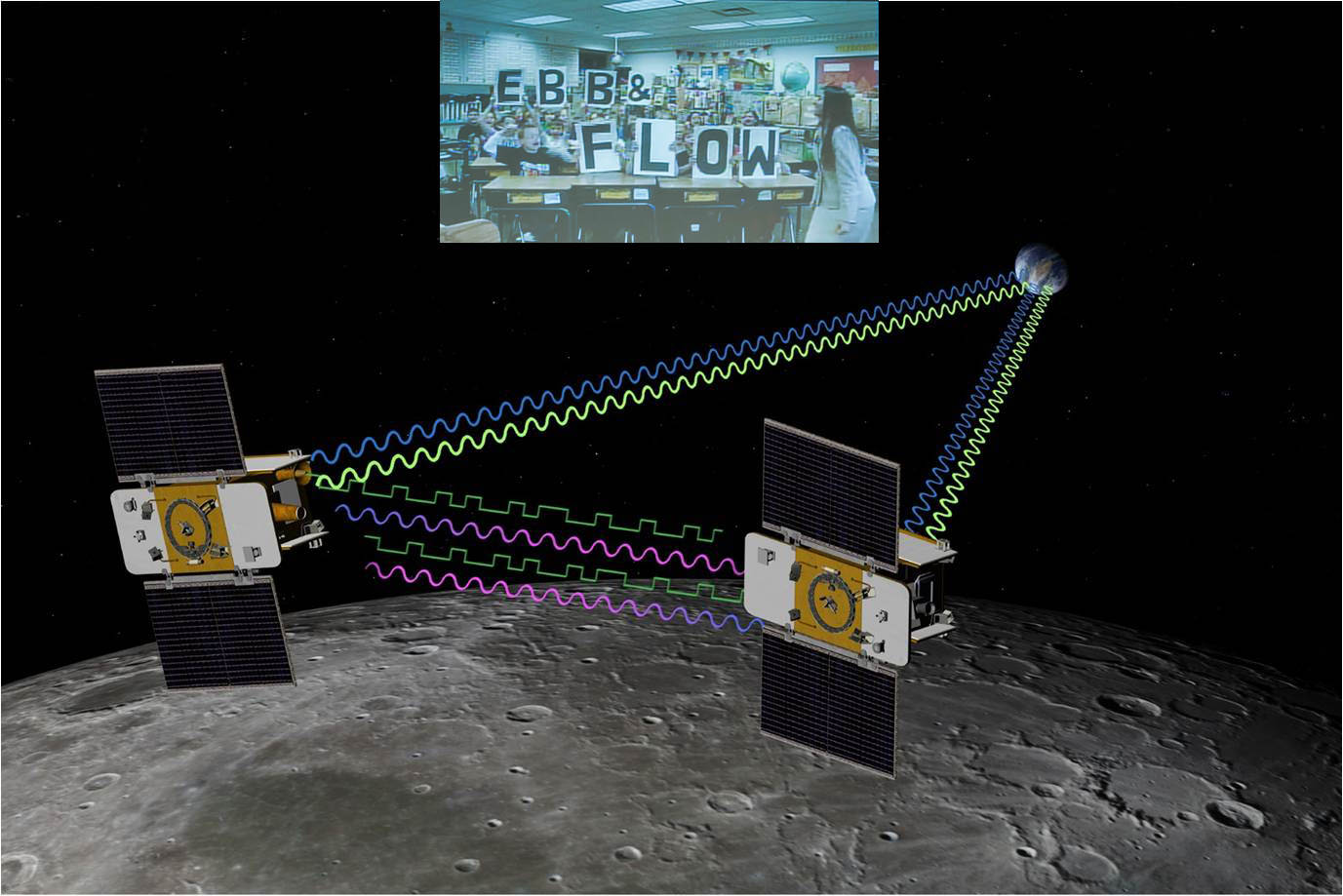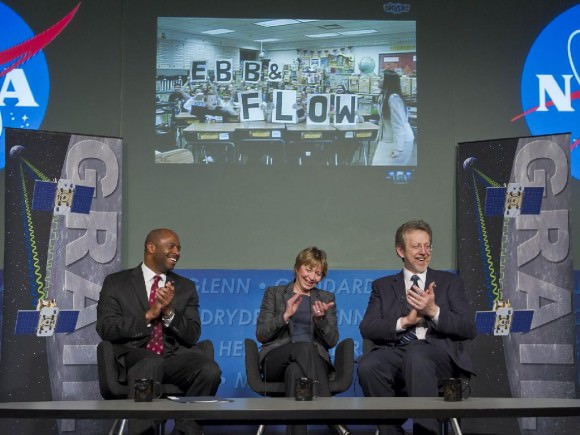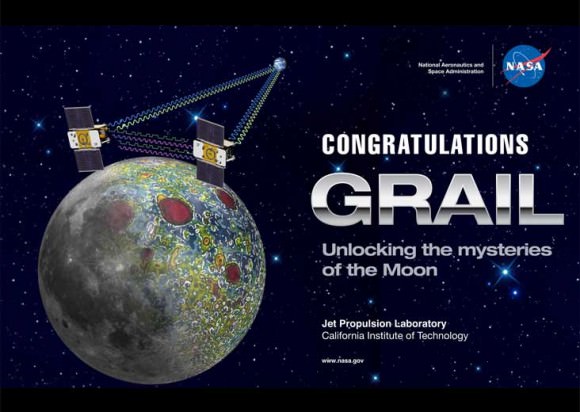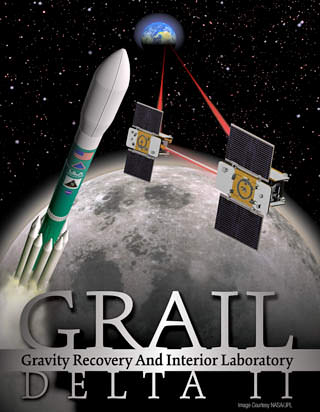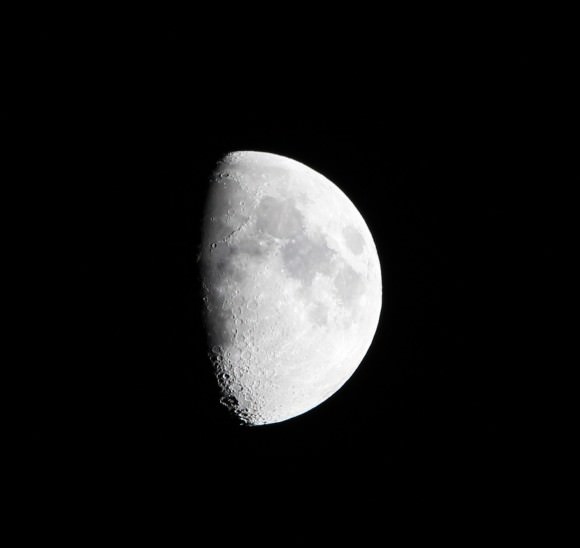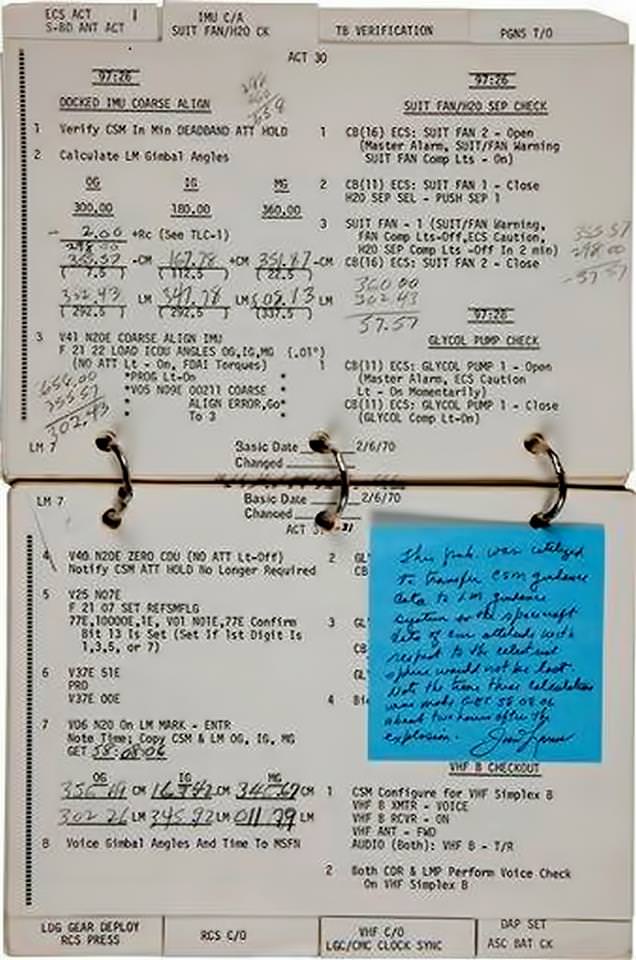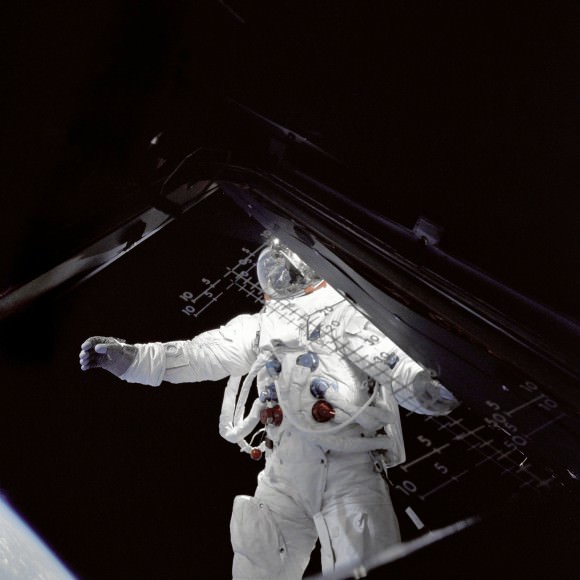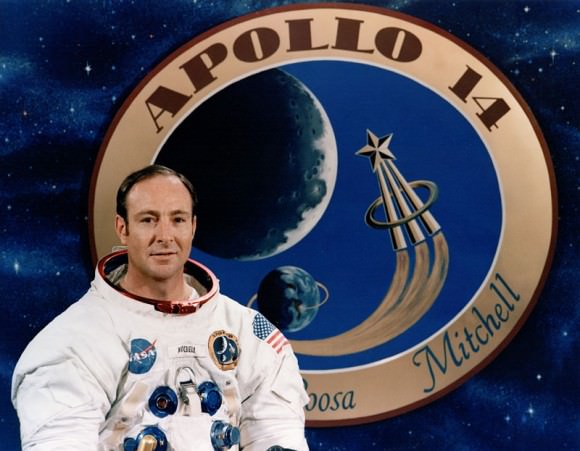[/caption]
Roscosmos said today that a computer malfunction caused by cosmic rays was the reason for the failure of the Phobos-Grunt spacecraft. Additionally, ‘counterfeit’ chips in the computer may have played a role, said Federal Space Agency (Roscosmos) head Vladimir Popovkin. The original mission was to do a sample return from Mars’ largest moon, but the spacecraft crashed back to Earth on January 15 after the rocket failed to send it out of Earth orbit shortly after the launch in November. This determination comes from a study done by a commission led by Yuri Koptev, former head of the Russian Space Agency.
“There was a restart of the two sets of on-board computer system so [it] moved to the highest energy saving mode and the standby command,” said Popovkin, quoted by the Russian RIA Novosti news agency. “The most likely reason is the impact of heavy charged space particles.”
A Russian scientist was also quoted by RIA Novosti that the outcome of the accident investigation should not be cause for dismissals and resignations as much as a “lesson to developers of new interplanetary spacecraft,” said Alexander Zakharov, scientific secretary of Institute of Space Research, which developed instruments and the scientific program the station.
Some officials from Roscosmos had threatened the jobs of those involved with the mission.
As far as the counterfeit computer chips, Popovkin said the components were imported. “The cause probably is in this,” he said. Reportedly, NASA and the U.S. Defense Department has also encountered counterfeit products, according to an article in Itar-Tass.
Anatoly Zak at RussianSpaceWeb.com reported more in detail about possible shortcomings in the design of the probe’s flight control system, called the BKU, saying that “the most likely culprit in the failure of the probe’s propulsion unit to ignite soon after it had entered orbit on November 9 was a programming error in the flight control system.”
Zak said an industry source revealed that the commission studying the failure “concluded that the mission failure was the result of the design error and the lack in the ground testing of BKU,” adding that “its shortcomings had been well documented long before the ill-fated launch.” The BKU was the the main computer and the “brain” of the spacecraft.
Additionally, Zak reported that the most probable cause was a “simultaneous robooting of two operational processors in the main computer” and the computers “could crash as a result of errors in their software or as a result of some external reasons, such as electromagnetic incompatibility,” industry sources said.
The assertion that “foreign radars” had possibly caused the malfunction was apparently tested by the company that built the Phobos-Grunt probe, NPO Lavochkin, with no problems coming from simulated radar interference.
“With all external failure scenarios effectively debunked, the most probable cause of the failure was narrowed down to the lack of integrated testing,” Zak reported.
Roscosmos also indicated they may try again to send a sample return mission to Phobos.
As to the probability of any pieces of the original Phobos-Grunt spacecraft surviving the fiery re-entry through Earth’s atmosphere, most experts agree that most of the debris ended up in the Pacific Ocean. However, some debris may have fallen onto regions of Chile and possibly Argentina.
Luciano Anselmo from the Space Flight Dynamics Laboratory (ISTI/CNR) in Pisa, Italy left a comment on a previous Universe Today article saying that the Phobos-LIFE capsule, which was designed to survive re-entry “should have impacted the ground approximately 820 km eastward along the trajectory and 15 minutes later (w.r.t. the 80 km ‘entry’ point), with a velocity around 70 km/h.”
However, Anselmo added that “based on the orbit data available from the different sources involved, our estimation of the final uncertainty is plus/minus 12 minutes. Other observations, or the lack of them, both from the ground or from space, might be used to reduce such uncertainty, but nothing of reliable and unclassified has been provided so far, to my knowledge.”
Sources: RIA Novosti, RussianSpaceWeb.com, Itar-Tass

